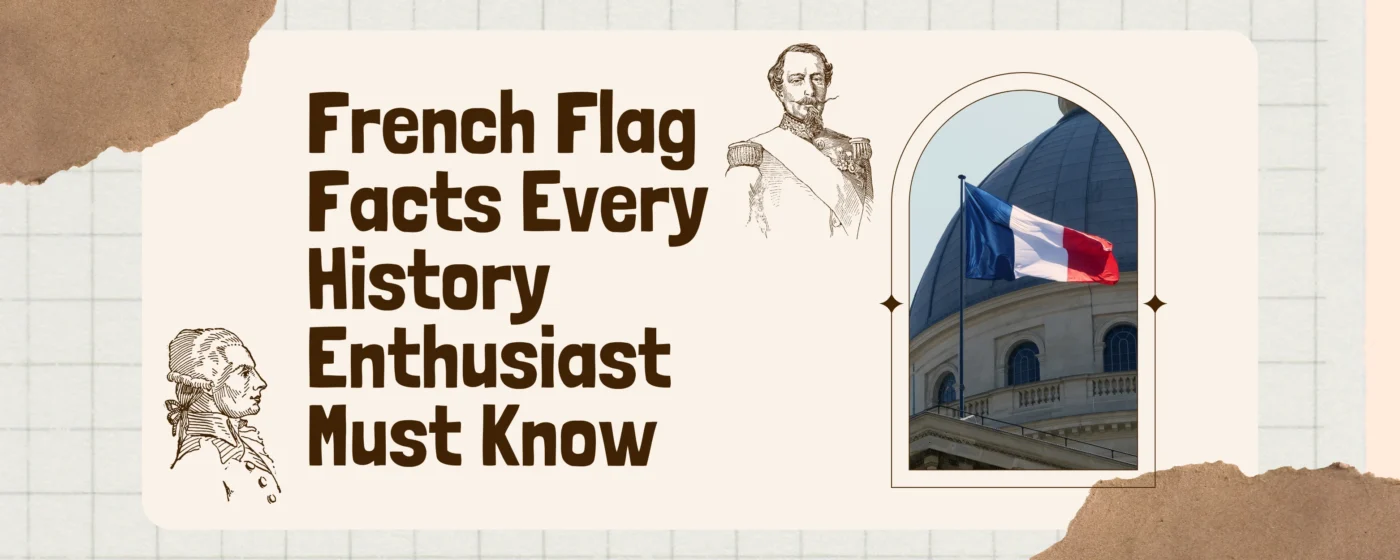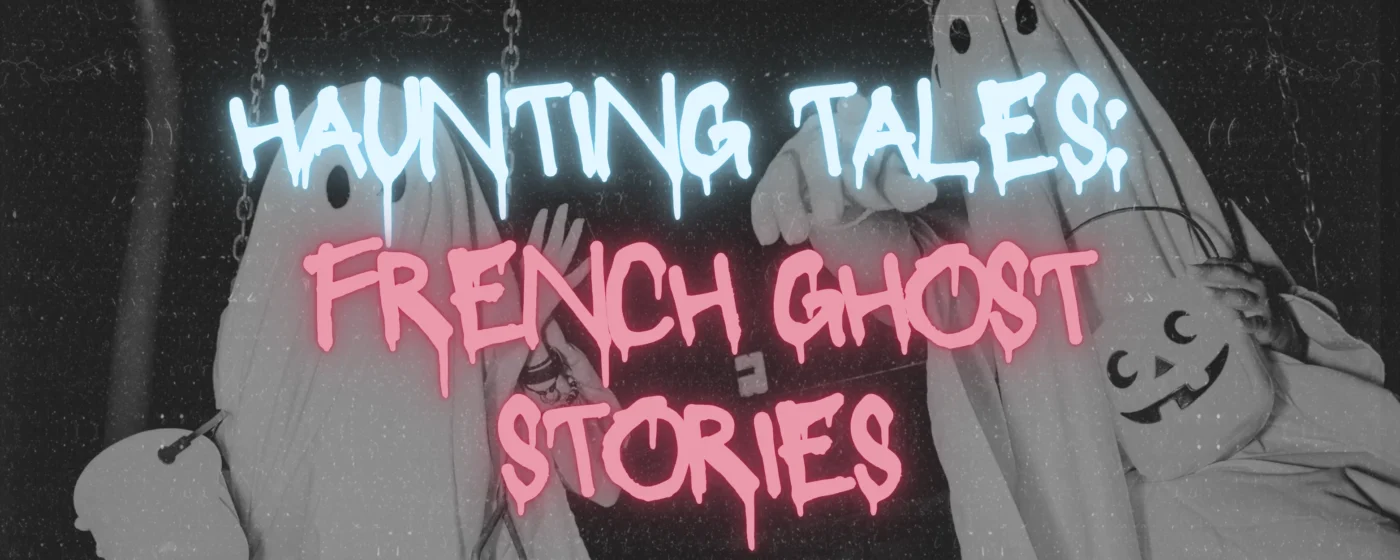If there’s one thing that effortlessly captures the essence of France, it’s the art of winemaking at french vineyards. France, a country known for its rich cultural tapestry, has also become synonymous with some of the finest wines in the world.
The Scenic Regions of French Vineyards
France has many famous wine regions, each with its own special charm and terroir.
- Bordeaux is well-known for its red blends.
- Burgundy (Bourgogne) is renowned for its elegant Pinot Noir and Chardonnay.
- Provence‘s sun-drenched vineyards yield refreshing rosés.
- The Loire Valley ranges from crisp Sauvignon Blancs to lush Chenin Blancs.
Diving into Grape Varieties at French Vineyards
To appreciate French wines fully, let’s start with the grapes.
- Bordeaux: The triumphant trio consists of Merlot, Cabernet Sauvignon, and Cabernet Franc.
- Merlot brings a velvety texture
- Cabernet Sauvignon adds structure
- Cabernet Franc contributes a touch of elegance
- Burgundy:
- Pinot Noir is known for its finesse
- Chardonnay offers a spectrum of flavours from crisp to creamy
- The Rhône Valley: A trio of grapes shaping bold reds and aromatic whites.
- Syrah, with its dark fruit and peppery notes to the red blends
- Grenache, adding warmth and depth to both
- Viognier, lends its floral and fruity characteristics to create enticing white wines.
Top 10 Must-Visit Vineyards in France
Château Margaux
Region: Bordeaux, France
Why Visit: This iconic château is synonymous with elegance and refinement. A visit here is like stepping into a piece of history.
Wine: Primarily produces red Bordeaux blends, renowned for their structure, complexity, and aging potential.
Domaine de la Romanée-Conti
Region: Burgundy, France
Why Visit: This legendary estate produces some of the world’s most coveted Pinot Noir and Chardonnay wines. While visits are rare, the experience is unforgettable.
Wine: Pinot Noir and Chardonnay wines, known for their elegance, finesse, and terroir expression.
Champagne Taittinger
Region: Champagne, France
Why Visit: Immerse yourself in the world of Champagne at this prestigious house. Tours and tastings offer insights into the production process and a chance to savor their exquisite bubbly.
Wine: A wide range of Champagne styles, from elegant Blanc de Blancs to rich and complex cuvées.
Château d’Yquem
Region: Sauternes, Bordeaux, France
Why Visit: This legendary estate produces some of the world’s finest sweet wines. A visit here is a journey into the world of luxury and indulgence.
Wine: Sweet white wines, renowned for their honeyed richness, complexity, and incredible aging potential.
Château Smith Haut Lafitte
Region: Pessac-Léognan, Bordeaux, France
Why Visit: This historic estate offers a unique blend of winemaking tradition and modern innovation. The beautiful grounds and luxurious spa make it a perfect getaway.
Wine: Red and white wines, known for their elegance, balance, and versatility.
Domaine Éguigal
Region: Rhône Valley, France
Why Visit: A titan of the Rhône Valley, Guigal is celebrated for its benchmark wines, particularly from the northern Rhône appellations like Côte-Rôtie, Hermitage, and Condrieu. Visiting allows you to witness the scale and precision behind their acclaimed bottlings.
Wine: Specializes in Syrah from the Northern Rhône (Côte-Rôtie, Hermitage, Saint-Joseph, Cornas) and Viognier from Condrieu.
Domaine Zind-Humbrecht
Region: Alsace, France
Must-Visit Reason: Visiting this pioneering estate provides an educational journey through their vineyards, showcasing their commitment to natural practices. The tasting experience is a dream!
Wine: Primarily produces dry, complex, and terroir-driven white wines: Riesling, Gewürztraminer, Pinot Gris, and Muscat.
Domaine Ott
Region: Provence, France
Why Visit: With several estates overlooking the shimmering Mediterranean Sea, Domaine Ott offers breathtakingly beautiful settings. Strolling through the vineyards, enjoying a tasting of their iconic rosé against a backdrop of Provençal charm, creates an incredibly romantic and idyllic experience.
Wine: Famous for producing some of the most prestigious and elegant rosé wines in Provence.
Hameau Duboeuf
Region: Beaujolais, France
Why Visit: This isn’t just a vineyard; it’s the first wine-themed park in Europe! Created by Georges Duboeuf, the “King of Beaujolais”, it offers a fun and interactive way to learn about wine history, winemaking, and the Beaujolais region through museums, gardens, and even a wine train. It’s a great option for families or those seeking a more entertaining approach to wine tourism.
Wine: Focuses on the Gamay grape, producing the vibrant, fruity red wines including Beaujolais Nouveau and the Cru Beaujolais.
Maison Ruinart
Region: Champagne, France
Why Visit: As the very first established Champagne House (founded in 1729), Ruinart offers a deep dive into the history and artistry of Champagne production. Their tours explore the historic chalk cellars, a UNESCO World Heritage site, providing a sense of the scale and tradition behind this prestigious house.
Wine: Particularly known for their Blanc de Blancs cuvée.
The Grand Cru Experience
The term “Grand Cru” holds a special place in the world of wine at french vineyards. It designates the highest quality vineyards, often producing wines of exceptional character. Here are some notable examples of Grand Cru wines from both Burgundy and Bordeaux:
Burgundy
- Romanée-Conti: Located in the Côte de Nuits, this Grand Cru vineyard is renowned for its exceptional Pinot Noir, producing some of the world’s most sought-after and expensive wines.
- Montrachet: A Grand Cru vineyard in the Côte de Beaune, primarily known for its exquisite Chardonnay. Montrachet wines are celebrated for their complexity, richness, and ageing potential.
Bordeaux
- Château Margaux: Château Margaux is known for its red wines, particularly its Cabernet Sauvignon-dominant blends, which are considered among the finest in the world.
- Château Latour: Château Latour in Pauillac consistently produces powerful and age-worthy Cabernet Sauvignon-based wines, highly regarded by wine enthusiasts.
- Château Haut-Brion: Located in the Pessac-Léognan region, Château Haut-Brion is one of the few estates to be included in the 1855 Bordeaux classification for both red and white wines. It is known for its Cabernet Sauvignon and Merlot blends.
The Terroir Touch
Think of terroir as a special recipe for French wines at french vineyards. It’s a mix of soil, weather, and location that gives each wine its unique flavour.
- In Champagne, the soil is chalky. This special soil gives the wine its sparkly and elegant taste.
- In Châteauneuf-du-Pape, the soil is stony. This makes the wines there taste complex, with many layers of flavours.
How to Plan Your French Vineyard Tour
Ready to embark on a wine-filled adventure? Here are some tips curated by our experts to ensure a smooth and enjoyable vineyard tour:
Timing is Everything!
- Harvest Season (Fall): Witness the magic firsthand! However, be prepared for crowds and potential vineyard closures.
- Shoulder Seasons (Spring and Autumn): Enjoy pleasant weather, fewer crowds, and beautiful fall foliage.
- Off-Peak Seasons (Winter): A quieter experience, perfect for wine lovers who prefer a more intimate visit.
Booking Your Tasting Experience:
- Online Reservations: Many vineyards require advance bookings, especially during peak seasons.
- Walk-Ins: While possible, it’s always best to confirm availability beforehand.
- Group Tours: Consider joining a guided tour for a comprehensive experience.
Vineyard Etiquette:
- Dress Comfortably: Opt for casual attire that’s both stylish and practical.
- Respect the Vineyards: Admire the scenery, but avoid trampling on the vines.
- Mind Your Manners: Be courteous to staff and fellow visitors.
- Spit or Sip: Don’t feel obligated to finish every taste, especially if you’re sampling multiple wines.
- Gracious Tipping: A small tip for the tasting room staff is always appreciated.
Packing Essentials:
- Comfortable Shoes: You’ll likely be doing a lot of walking.
- Sunscreen and Hat: Protect yourself from the sun, especially during summer visits.
- Water Bottle: Stay hydrated, especially when tasting wine.
- A Designated Driver or Ride-Sharing App: Enjoy your wine without worrying about getting home safely.
Remember, the key to a successful vineyard tour is to relax, savor the moment, and appreciate the hard work and passion that goes into crafting each bottle. Cheers!
The Art of Wine Tasting at French Vineyards
- You begin by observing the colour – is it a vibrant red or a pale gold?
- Swirl the glass to release the aromas, and take a moment to inhale the bouquet.
- Take your first sip through layers of flavour – note the fruit, the tannins, and the acidity.
- Pay attention to the finish; is it crisp and refreshing or lingering and velvety?
Vineyard Accommodations
Ready to take a wine trip to France but clueless about where to stay? Here are a few luxurious vineyard stays that’ll make you feel like royalty:
- Castle in the Vineyards: Immerse yourself in history and romance at a historic château. Imagine waking up to vineyard views and sipping wine on your private terrace.
- Modern Wine Retreats: For a contemporary take on vineyard luxury, opt for sleek, minimalist accommodations with state-of-the-art amenities.
- Boutique Wine Hotels: These intimate retreats offer personalized service, gourmet dining, and exclusive access to the winery.
Insider Tip: When booking your stay, look for properties that offer unique experiences like wine tastings, vineyard tours, and cooking classes. And don’t forget to pack your finest attire for those elegant dinners and wine tastings!
Did You Know?
- Winemaking in France dates back to Roman times, with the Romans introducing grapevines to the region. How interesting is that?
- Some of the world’s most prestigious vineyards, like those in Burgundy, are so small that they can be enclosed by a wall, hence the term “Clos”.
- The oldest known wine in the world, dating back to the 4th century BC, was found in a tomb in Germany (but it was likely a French wine, or so the French like to say!)
- The Catholic Church played a significant role in the development of French winemaking, as monasteries were often centers of wine production.





